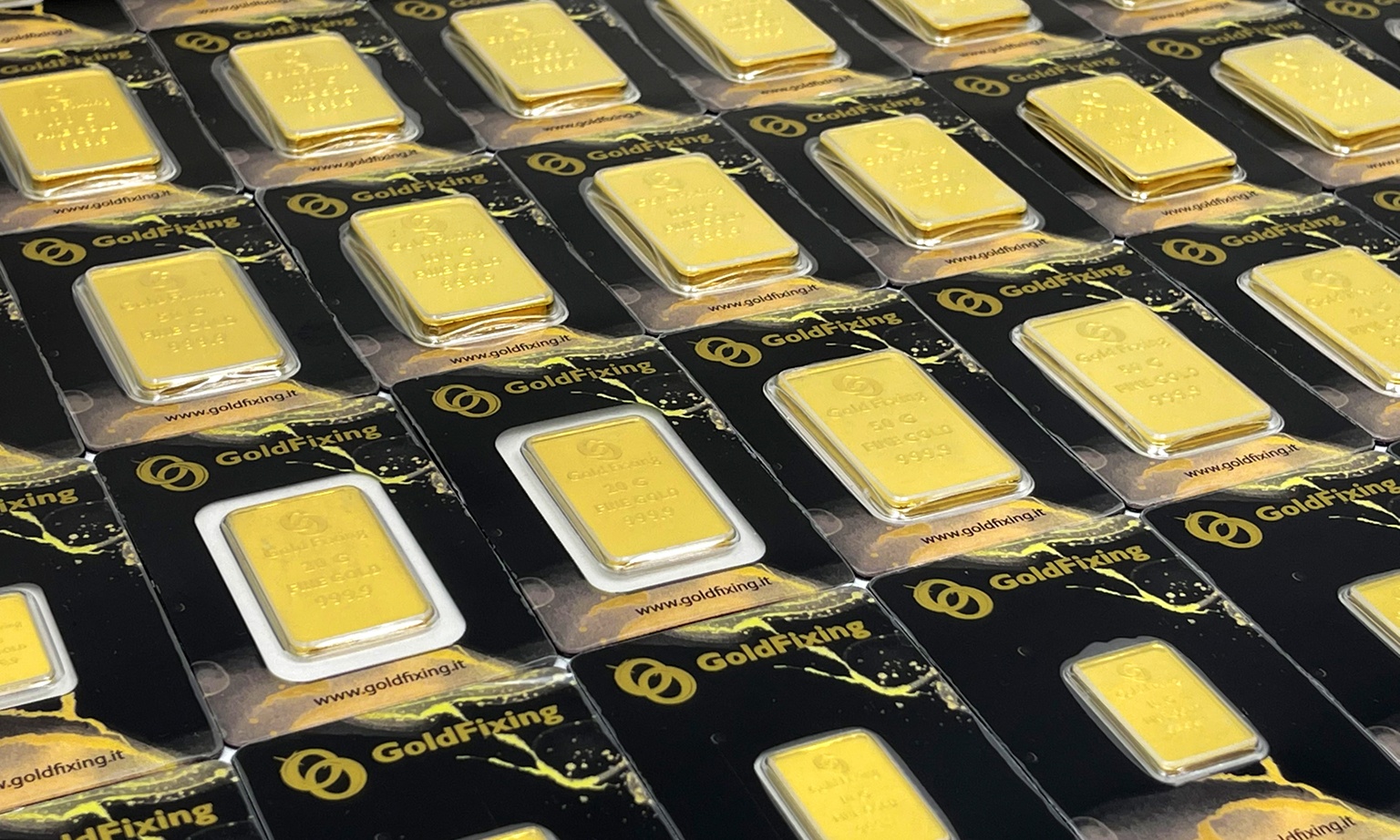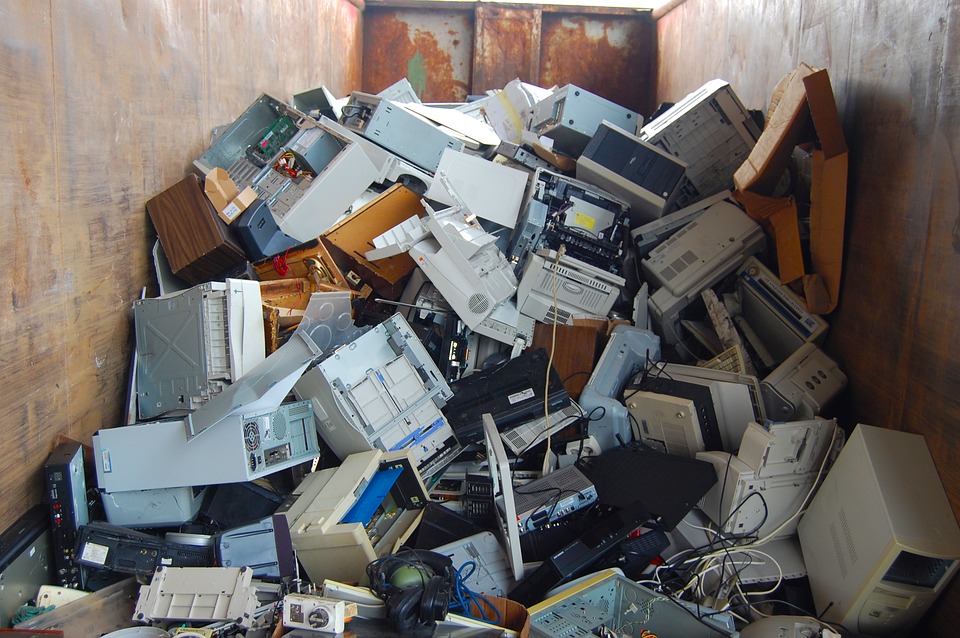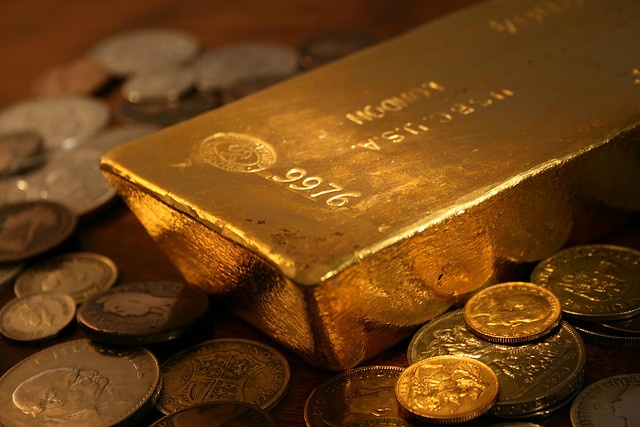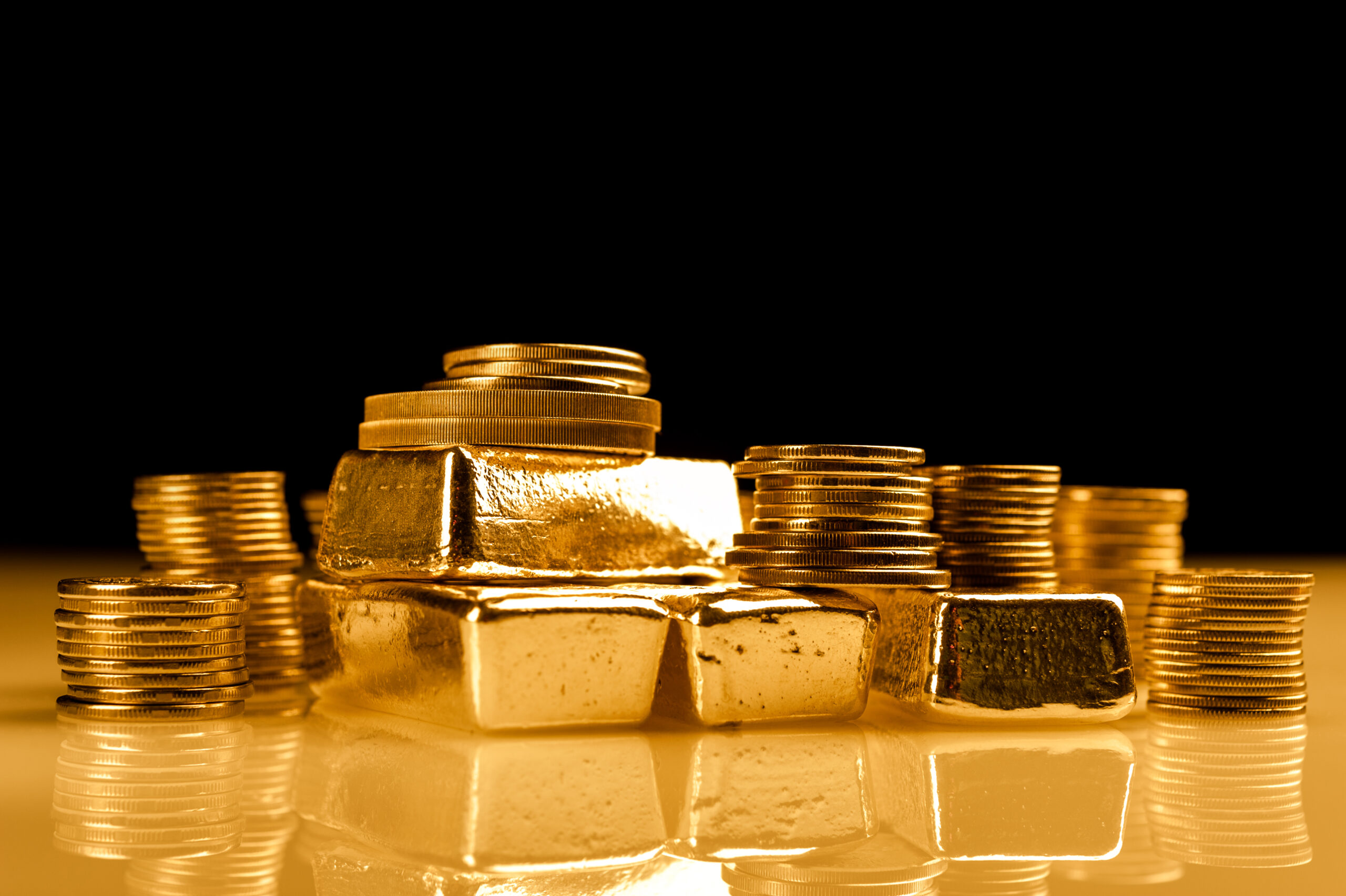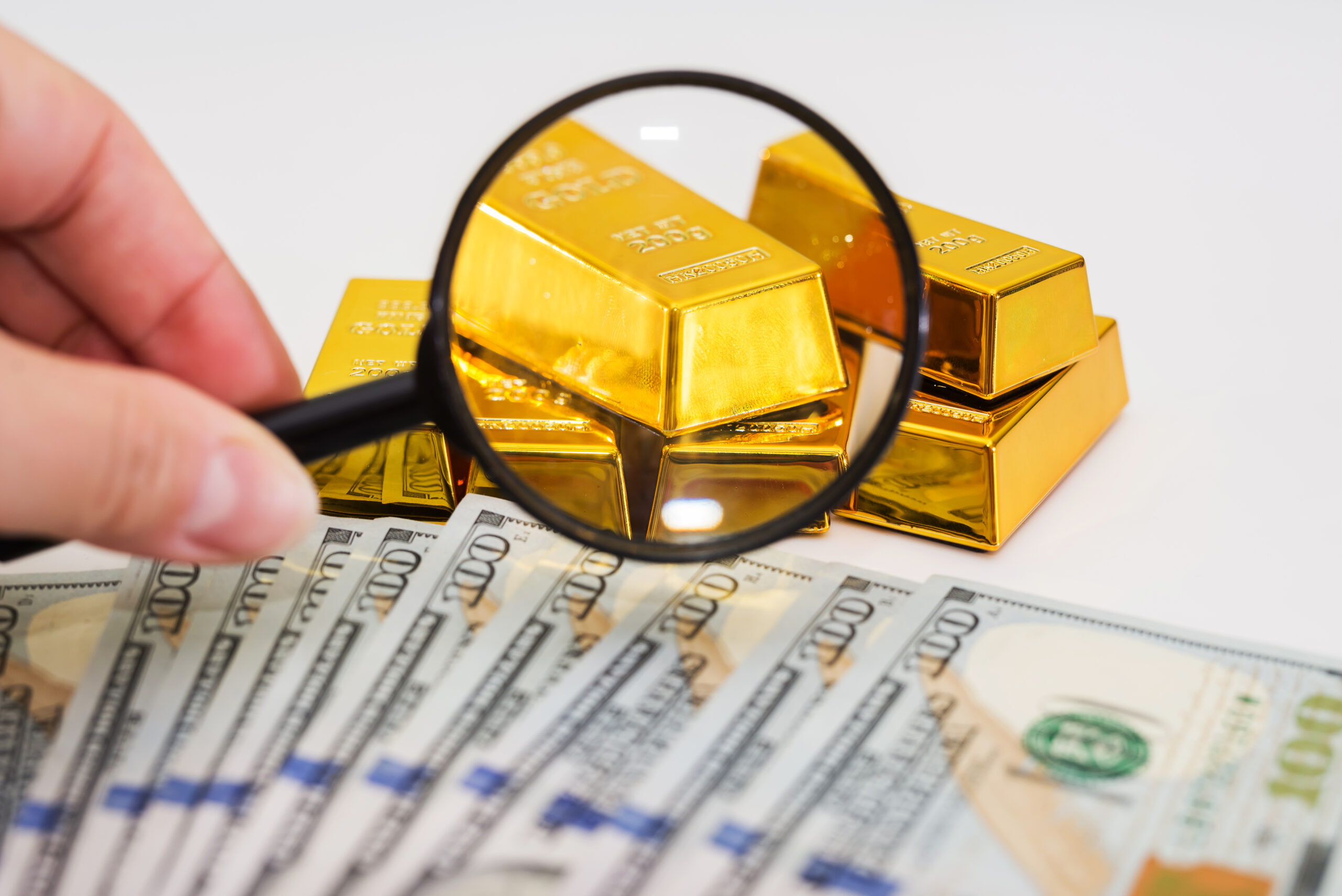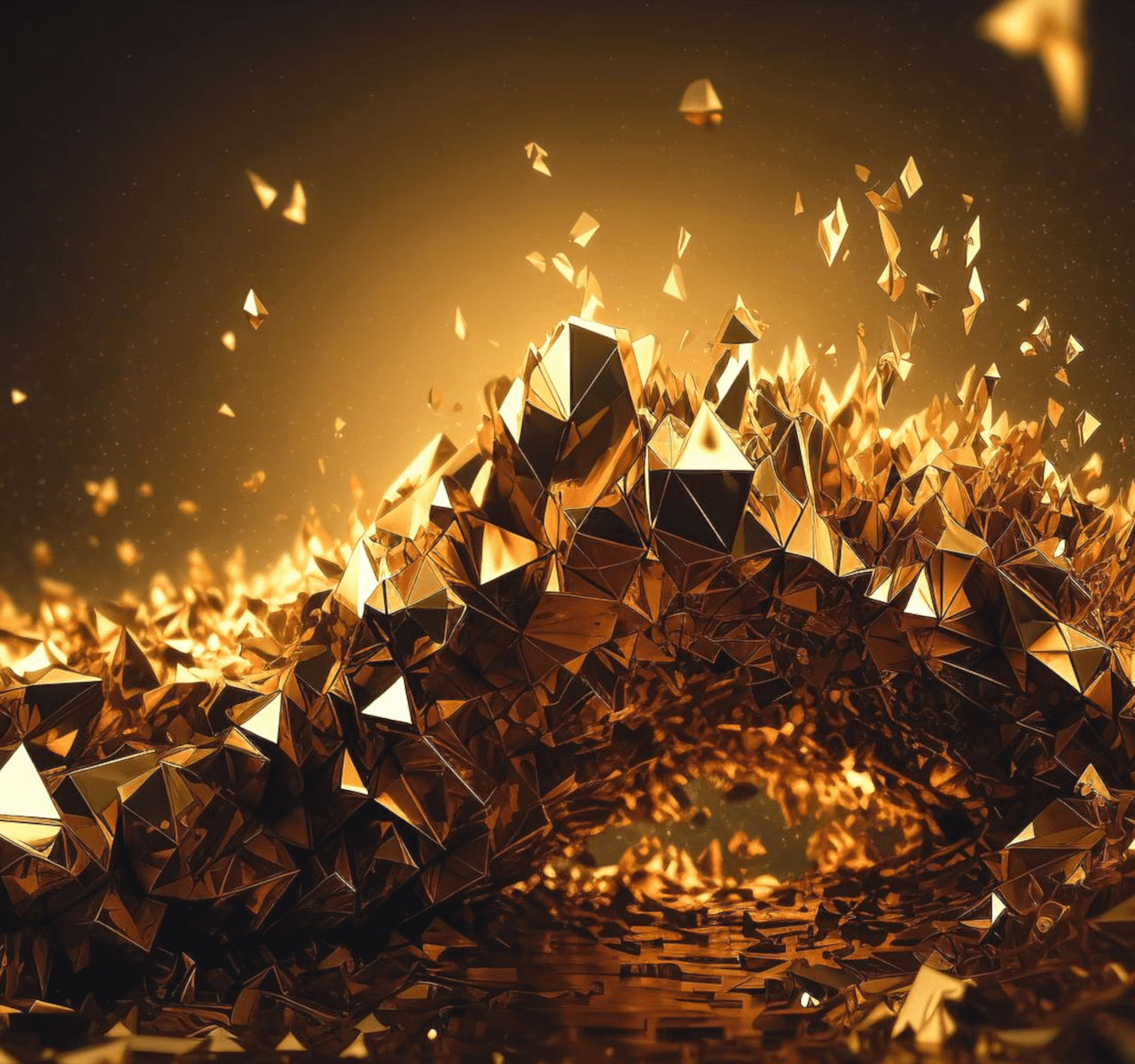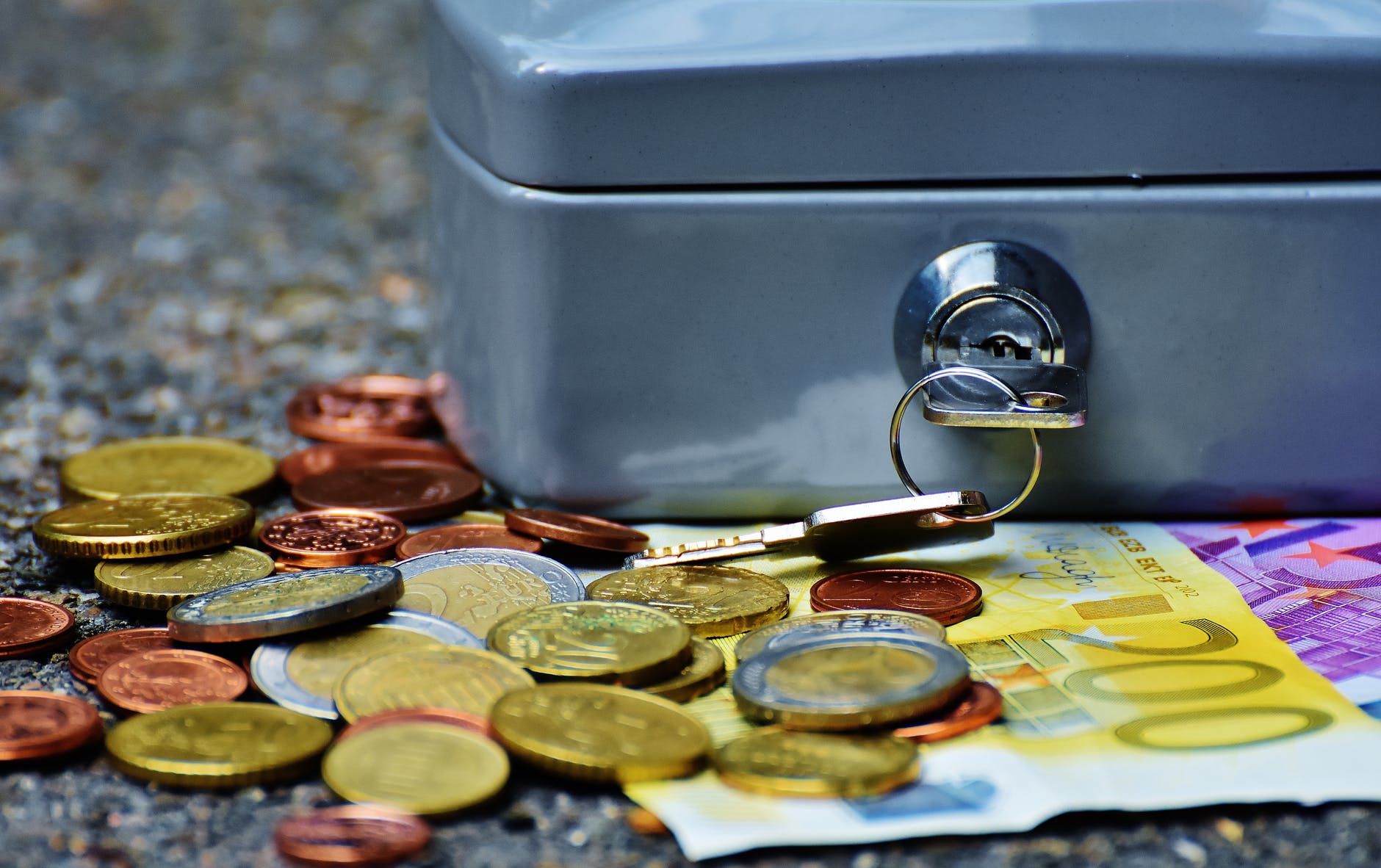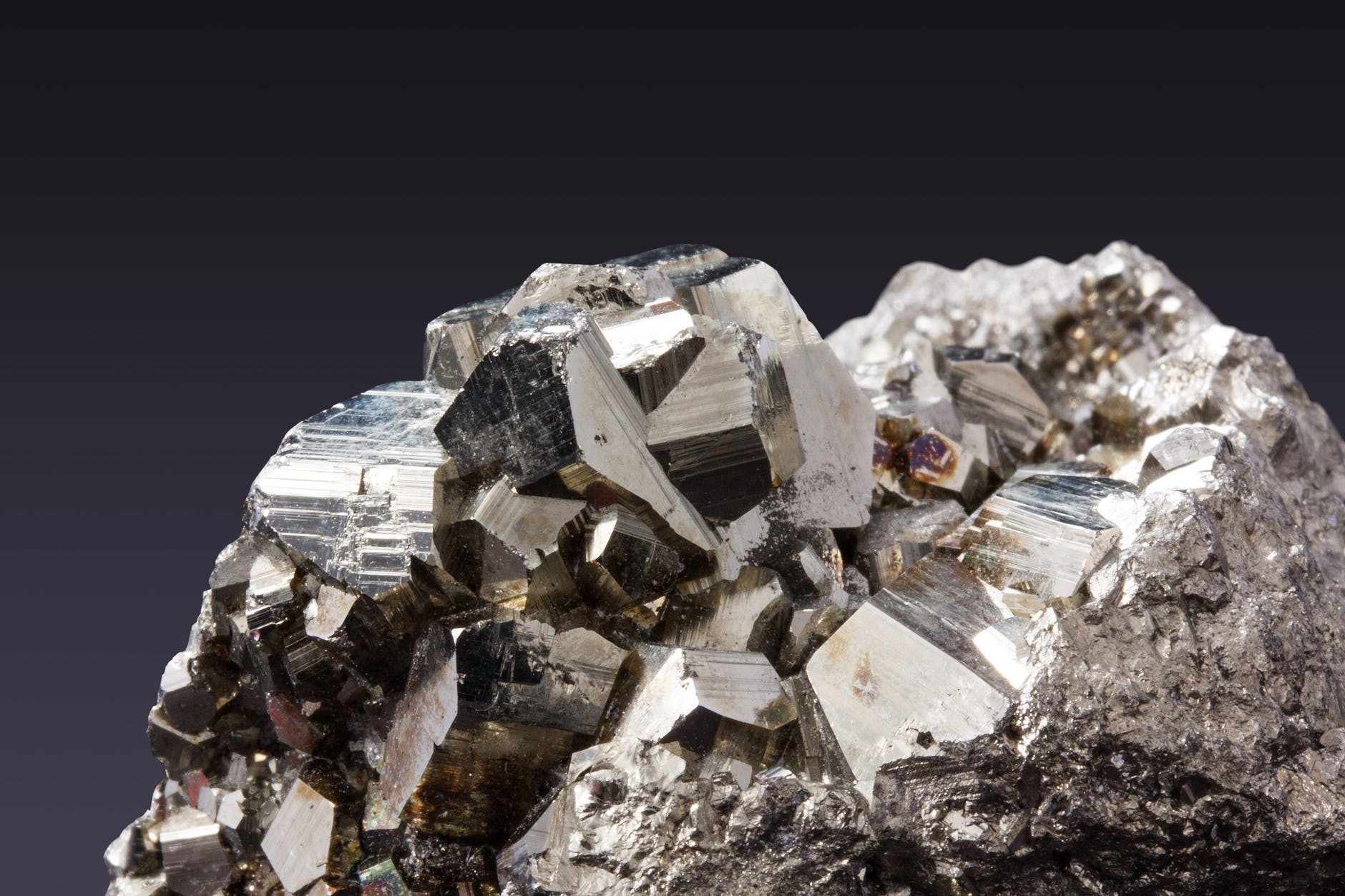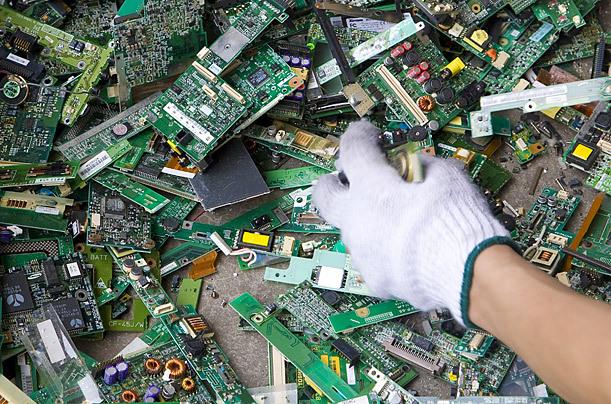Gold as a store of value
Gold is sometimes part of a defensive financial investment given the stability of its long-term commercial value and its bias with respect to the trend of the stock and bond market; Precisely because of this stability, speculation on gold becomes particularly attractive when confidence in a currency fails, and when the value of a currency is subject to hyperinflation.
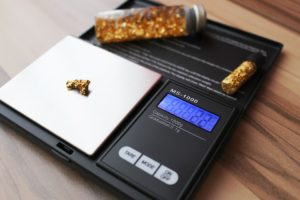
The price of gold is also the basis of futures with which it is speculated on its assumed future value. The value of gold is strongly influenced by supply, that is why its extraction is carefully weighted: increasing its production often means collapsing the price.
Gold carats
In gold alloys the term carat is referred to an unit of measurement proportional to the “purity” that quantifies the gold parts in an alloy on a 24/24 basis. The “carat” in gold alloys is equivalent to one part of gold out of a total of 24 metal parts constituting the alloy. For example 18 carats indicates that the alloy consists of 18 parts of fine gold and 6 parts of other metals and is abbreviated with the abbreviations ct or kt or with the only k often placed side by side with the number without any intermediate space, for example 18k.
The gold of maximum purity is therefore 24 carats and is indicated by the abbreviation 24k.
9 ct ( 333 parts of gold out of 1000 )
12 ct ( 500 parts of gold out of 1000 )
14 ct ( 585 parts of gold out of 1000 )
From 9 carats to 14 carats are used by different nations for the production of jewelry, for example from America or Germany.
18 ct ( 750 parts of gold out of 1000 )
The 18 carats are the most commonly used in Italy by the factories and goldsmiths to produce jewelry.
22 ct ( 916 parts of gold out of 1000 )
The 22 carats are used for Sterling, Marenghi and other coins.
24 ct ( 999 parts of gold out of 1000 )
The 24 carats are used for the production of ingots and some coins.
In most cases, there is an additional stamp identifying the goldsmith who created the object. This stamp represents the identification of the laboratory in which the object was created. (for example type “1-AR”, that is, Arezzo – factory number one or, “45-VI” (laboratory n. 45 of Vicenza) ). Many countries require that real gold jewelry have a hallmark. This means that when the item is produced, it receives an official stamp indicating the degree of gold that was used in the item. Usually the stamp is placed in an inconspicuous spot like the inside of a ring or on the back of the clasp of a bracelet.
Jewelry gold, that is gold bound to one or more metals to increase its rigidity, has a white or red color, depending on the type of alloy (silver or copper).
Yellow gold consists of 75% gold, 12.5% silver and 12.5% copper.
Rose gold is usually 75% gold, 5% silver and 20% copper.
Grey gold is made of 75% gold, 15% silver and 10% copper.
Blue gold is an alloy of gold and iron. A heat treatment oxidizes the iron atoms on the surface of the gold, and gives it the blue color.
White gold for jewelry is 75% gold and 25% nickel, silver or palladium. This kind of gold is usually called “white gold” but it refers to gray gold in costume jewelry. The white gold is covered by a thin layer of rhodium, which disappears for wear, with time, giving a yellow color to gold. It’s a league invented after World War I. Golden yellow gold consists of 98.0% gold, 1.0% silver and 1.0% copper. It can also be pure.
The golden red gold consists of 94.5% gold and 5.5% copper.
The gold 1/2 yellow by gilding is composed of 91.5% gold, 6.0% silver and 2.5% copper.
Lemon gold by gilding is composed of 94.5% gold and 5.5% silver.
The gold is composed of 75.5% gold, 14.5% palladium and 10.0% silver
French white gold gilding is composed of 20.0% gold and 80.0% silver, elsewhere in Europe, is 50.0% gold, and 50.0% silver.
Gold and its use in different sectors
 Pure gold is too soft to be processed normally; it is made harder when bonded with other metals (usually copper and silver). Gold and its alloys are used in jewelry, in coins and are a currency exchange standard for many countries. Because of its resistance to corrosion and its electrical properties, it has found more and more space in industrial applications. Studies are being carried out on the use of gold as a catalyst; in fact, gold shows a great catalytic activity when it is in the form of nanoparticles dispersed on specific supports.
Pure gold is too soft to be processed normally; it is made harder when bonded with other metals (usually copper and silver). Gold and its alloys are used in jewelry, in coins and are a currency exchange standard for many countries. Because of its resistance to corrosion and its electrical properties, it has found more and more space in industrial applications. Studies are being carried out on the use of gold as a catalyst; in fact, gold shows a great catalytic activity when it is in the form of nanoparticles dispersed on specific supports.
Gold-based supported catalysts play a key role in several reactions, including: oxidation of carbon monoxide, complete oxidation of hydrocarbons, selective oxidation, water-gas shift reactions. The activity of these catalysts depends on the method of preparation and the type of support used.
It is also used in electronic components: it has functions in many computers, telecommunications equipment, jet engines and numerous industrial applications; finds wide use as a surface coating material of electrical contacts, to ensure corrosion resistance over time.
In astronautics: gold is used as a protective coating for many artificial satellites, due to its high ability to reflect both visible and infrared light.
For medical and diagnostic purposes: colloidal gold is used in a particular type of electrophoresis, a method of medical diagnostics and for the realization of fillings and bridges in dentistry.
It is used in ceramic painting and is the subject of study for biological and medical applications; disodium aurothiomalate is a drug for the treatment of rheumatoid arthritis; 198Au radioactive isotope is used in some anti-tumor therapies.
In microscope investigations: gold is used to coat biological samples to be observed under a scanning electron microscope.
In the photographic field: chloroauric acid is used in photography to make the image produced by silver salts turn.
For ornamental purposes: gold can be pulled into threads and inserted into fabrics and ornaments.
In sport and awards: a gold medal is the prize awarded to the winners of many competitions and for the Olympics and the Nobel Prize;
In the kitchen: metallic gold is used as an ingredient in some haute cuisine recipes because gold has no reactivity so it does not alter the flavors.




